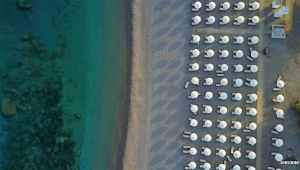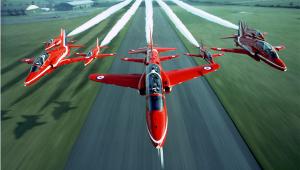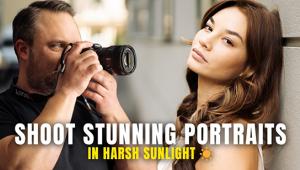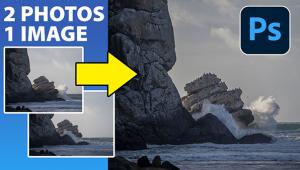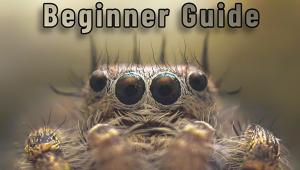Aerial Photography Tips: For Special Images, Try Shooting from a Special Place

All Photos © Blaine Harrington
Personally and professionally, I love shooting from the air. I get to see the world revealed in a whole new way, and I can capture photographs that capture the imagination.
My flights in helicopters, small planes, and hot-air balloons are often provided by clients as part of my assignments; if I’m shooting for stock, I’ll pick up the hire fee. Aerial tours are widely available to tourists and photo enthusiasts alike, and there’s certainly no limit to spectacular locations you can photograph from above.
Here are some of the things I’ve learned that help me get the most from time spent aloft.
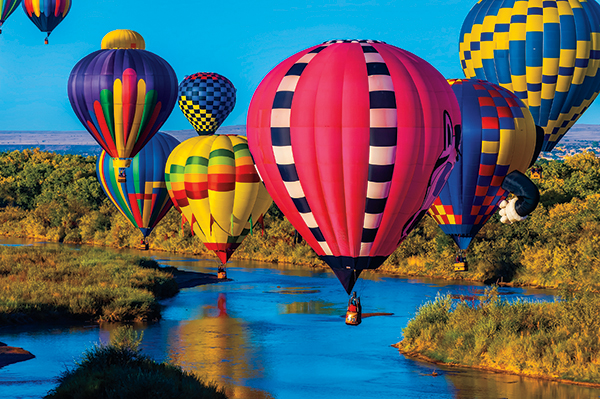

Flight Plans
Helicopters offer one major advantage: control over what you’re seeing. On tour flights, pilots can fly a route and at an altitude they know works for photos. On private flights, they can hover in place on request.
A fixed-wing plane is less expensive than a helicopter, and if you book a solo flight, you can choose to sit in the co-pilot’s seat, which will allow you to open the window.
A hot-air balloon is going to provide the smoothest, calmest flight, but you’re going with the wind and have little control over its direction or the path it’ll take.
In a fixed-wing craft I like to sit in the back, as the wings and struts can often get into the frame. If you’re not careful, a helicopter’s rotor can do likewise. It’s something to keep in mind when you’re shooting with a wide-angle lens. I have a lot of experience shooting aerials, but I still check the LCD to make sure nothing’s showing up in the picture that I don’t want there.


Getting The Best Shots
First, make sure the horizon line is straight. If your camera offers a grid screen or virtual horizon-line option, you might want to use it. A straight horizon line is particularly difficult when the aircraft is banking, so keep your eye on the whole image in the viewfinder as you move.
The most important thing is a fast shutter speed. I hand-hold the camera, I don’t use a gyro stabilizer, and I never try to brace against anything in the aircraft, so I’m almost always shooting at 1/800 or 1/1000 second or faster, and I’ll ramp up the ISO setting if I have to in order to get that speed. I also advise using whatever image stabilization control your camera and lens system offers.
I carry more lenses than I recommend you bring on board. I’ll typically have four: a 14-24mm, 24-70mm, 70-200mm, and 16mm fisheye, but I usually have three camera bodies with me for aerials so I get the advantage of fewer changes. You want to be taking pictures, not reaching into your camera bag to switch glass. I’d suggest two lenses at most, and make them the most all-inclusive wide-to-tele focal lengths that you can.
Then there’s the windows and doors decision. Shooting through Plexiglas is not optimal, even though the tour flights keep it as clean as possible. I prefer the door off in a helicopter, and if I’m in the co-pilot’s seat in a fixed-wing plane, I like the window flipped up. Those options give me lean-out room and more angle choices.


I’m always strapped in no matter how much I lean, so safety isn’t an issue, but if I lean too far into the wind there’s going to be too much camera vibration.
If you have to shoot through Plexi, there’s usually a sweet spot in the curve where there’s little or no distortion.
Time of day is important, too. Up in the air I always get to use the big lights—sunlight and skylight—but I tend to prefer the dramatic light of the early and late hours for most photos. The exception is flights over water, which I like to do later in the morning, sometimes even midday, in order to get the fairly direct light that opens up detail and color in the water below.
If you’ve never done aerial photography, you’re in for a treat. The images—not to mention the rush of excitement creating them—make it well worth the effort of taking your camera up in the air.
A selection of Blaine Harrington’s images can be viewed at his website, blaineharrington.com. A search of “aerial” will reveal hundreds of photographs.






